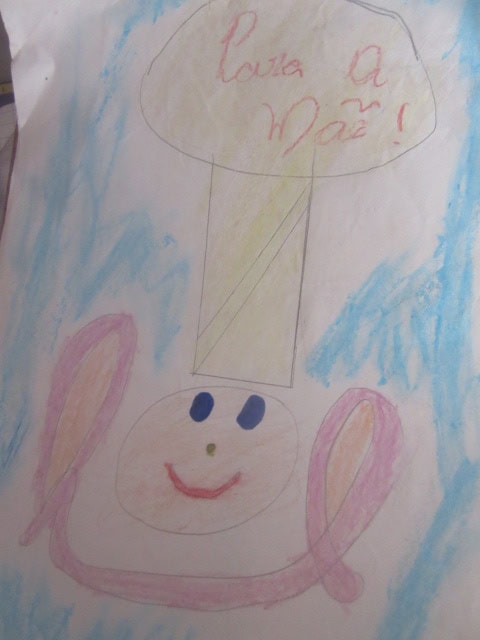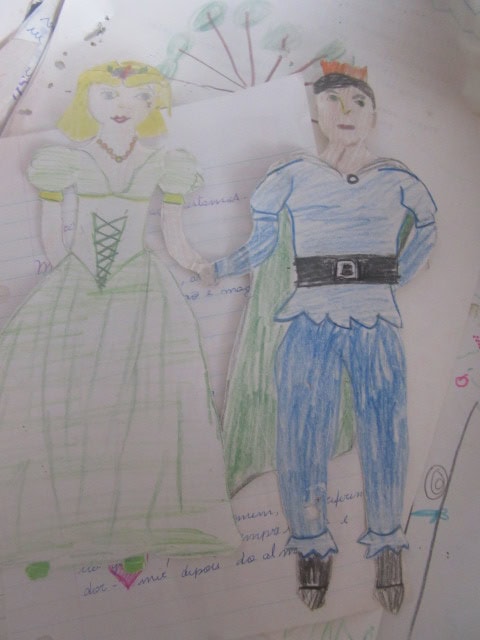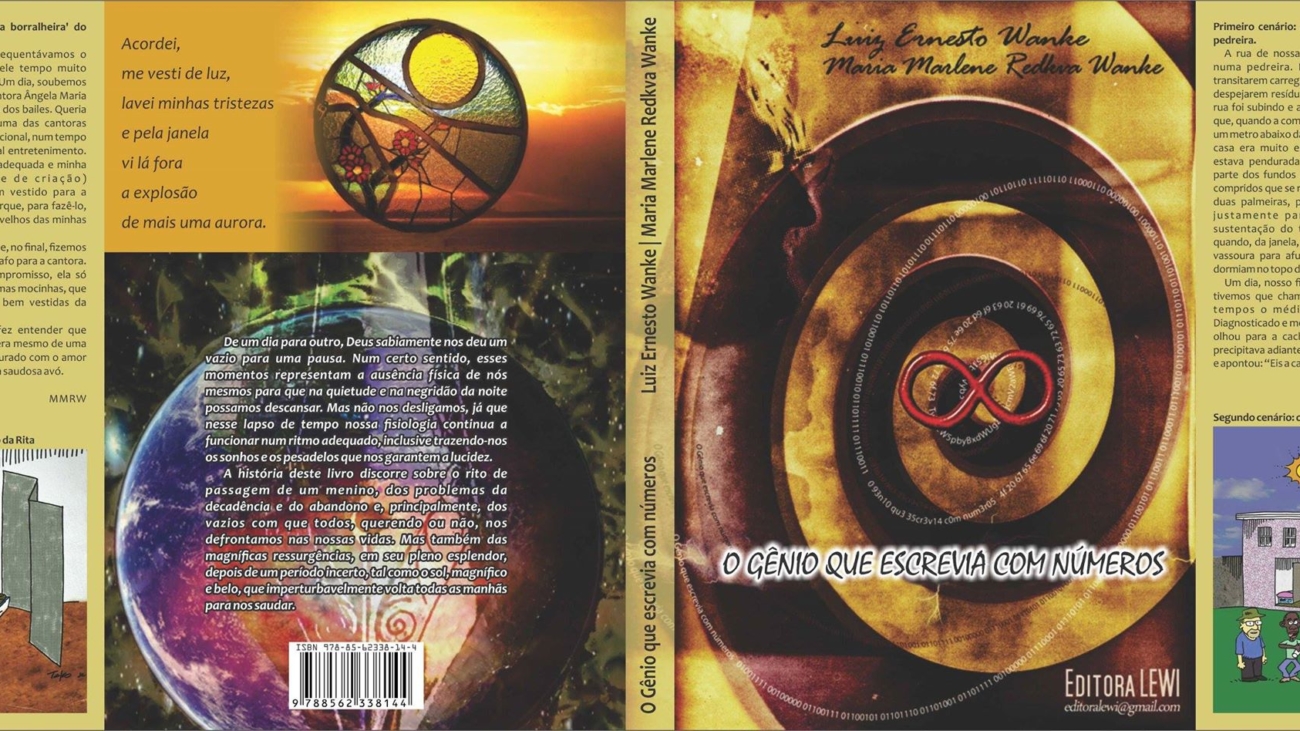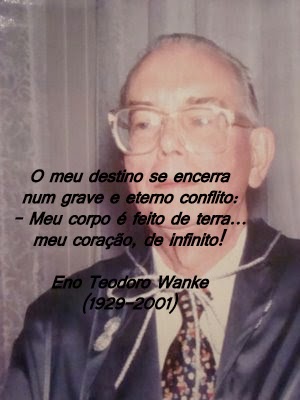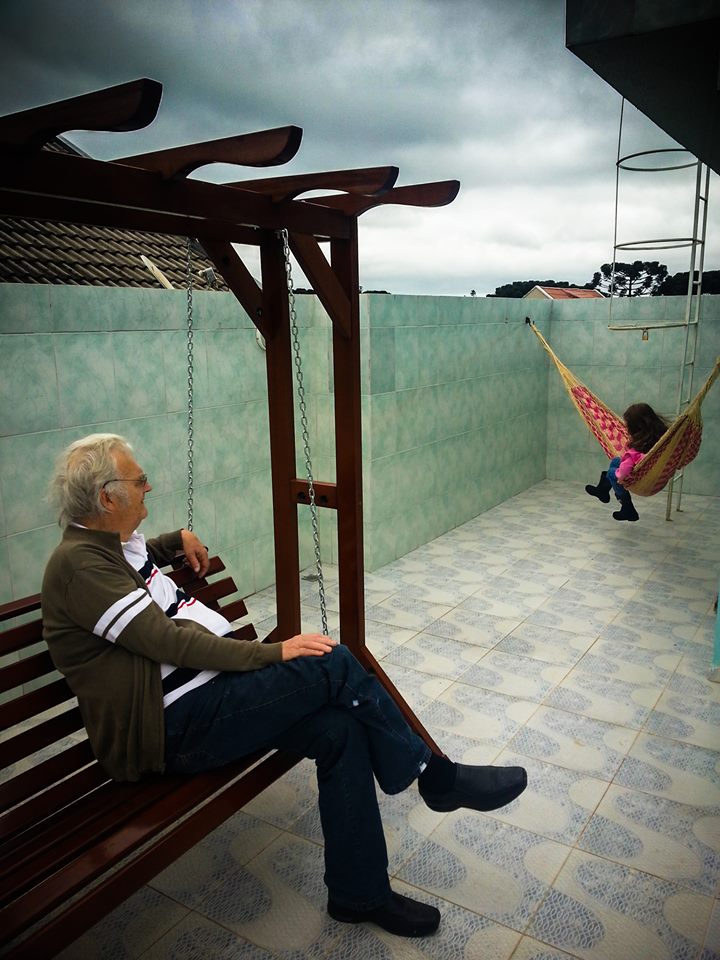
Publicação original no Exibart –
Um fato é a fama do artista medida pelo público que atrai, tendo como base a visitação às suas obras, outro é a questão da preferência das galerias e museus. Um estudo revela que nos EUA, em seis anos, cerca de 73 por cento dos museus e galerias mostraram obras de artistas plásticos do sexo masculino. Mas para contrabalançar os dados, na outra ponta a artista japonesa Yayoi Kusama é a preferida do público. Os artistas homens das instituições de arte.
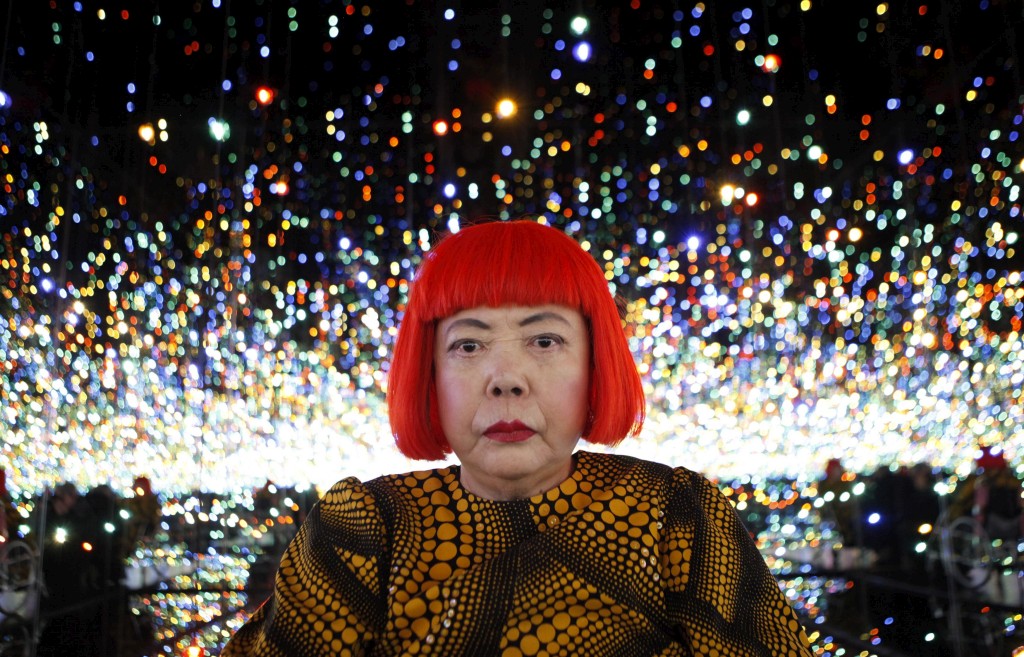
Na íntegra o artigo publicado na Exibart:
“Um levantamento realizado sobre o número de visitantes nos museus em 2014, a artista mais popular do mundo é a octagenária Yayoi Kusama. A artista japonesa que desde 1977 vive por sua escolha num instituto psiquiátrico em Toquio, atraiu com sua arte, cerca de 2 milhões de pessoas circulando entre as Américas, do Sul e Central, na retrospectiva que incluía uma de suas obras mais famosa, a sugestiva instalação, Infinity Mirror Room. A outra mostra dela que está atualmente em Taiwan, para depois seguir para Nova Deli, demonstra o quanto a sua figura tem um papel fundamental na pop arte como na vanguarda mundial.
Primeiro lugar
O que é mais notável é o fato de uma mulher conquistar o primeiro lugar, considerando que um outro levantamento revelou que 73 por cento das galerias americanas dos últimos seis anos tinham por protagonistas artistas homens. O sucesso de Kusama parece, invés disso, demonstrar que o público não tende a preferir, de fato, a arte masculina, ao contrário. De resto, a segunda mostra pessoal de mais sucesso, considerando sempre os últimos seis anos, foi a de Marina Abramovic, no MoMa de Nova York, que atraiu cada dia ao MoMa cerca de 7 mil visitantes ao dia.
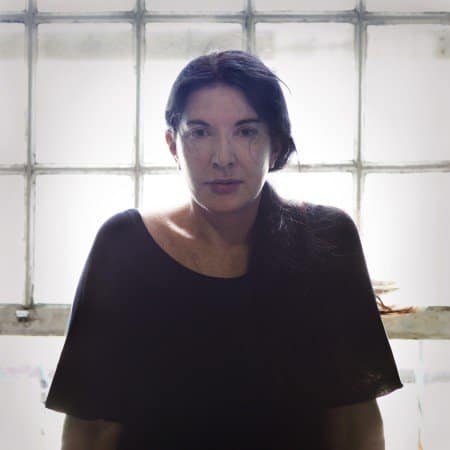
Richard Serra
O terceiro lugar ficou para o escultor Richard Serra, que em 2007 atraiu por dia ao MoMa, cerca de 8,5 mil pessoas, mas a quarta posição vai de novo para uma mulher, a suíça, Pipilotti Rist com a sua instalação al MoMa ( o museu hospedou 17 das 20 exposições de maior sucesso), que atraiu mais de 6 mil espectadores ao dia. Ao final, o público premia a mulher, mas as galerias e museus continuam a preferir os artistas homens. Não chegará o momento de inverter a tendência?

 Olhar Crítico
Olhar Crítico
Certamente Giula, a tendência é mudar e quem falará mesmo será o público e não as instituições de arte. Elas deverão seguir os passos ditados pelos comandos da web que já domina o mercado da arte. Não mais a instituição formalizada – salões, galerias, museus, espaços culturais – irá apontar a direção para os artistas plásticos. As galerias e os museus, entre outros espaços, já estão se ajustando às tendências estabelecidas pelo universo online.
A tese www.parana.e-mail.art.br mostra a velocidade voraz com que ocorreram as transformações nos últimos 9 anos. Em 2006, os artistas plásticos no Paraná se recusavam a usar a tecnologia da internet e se mantinham alheios às mudanças, quando muito, alguns mais visionários utilizavam e-mails particulares para começar a interagir com seu público. A mudança com as redes sociais foi o ponto alto para o artista conquistar sua alforria e não estar atrelado ao ditames estabelecidos pelas galerias e museus. Mas a caminhada para transformação e democracia na arte somente começou.
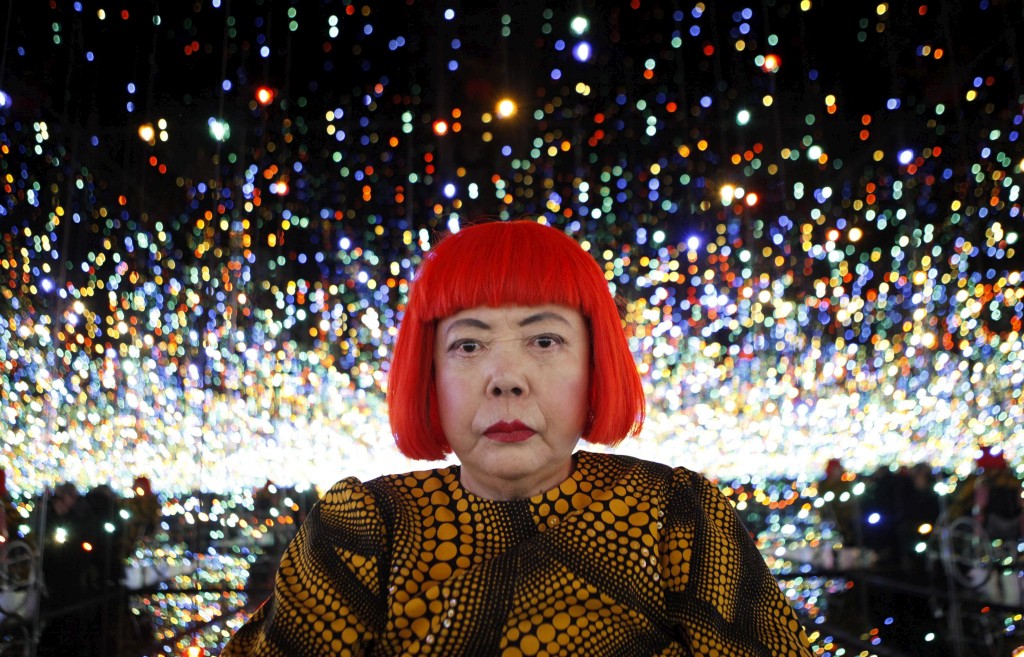
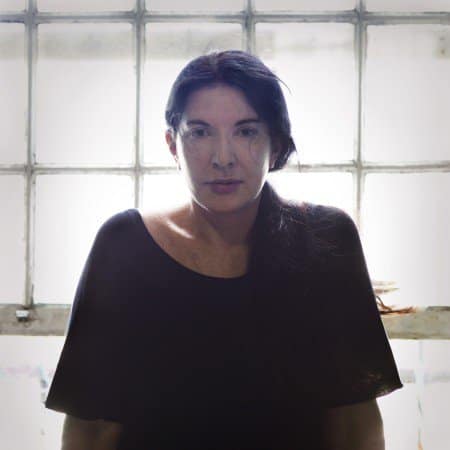



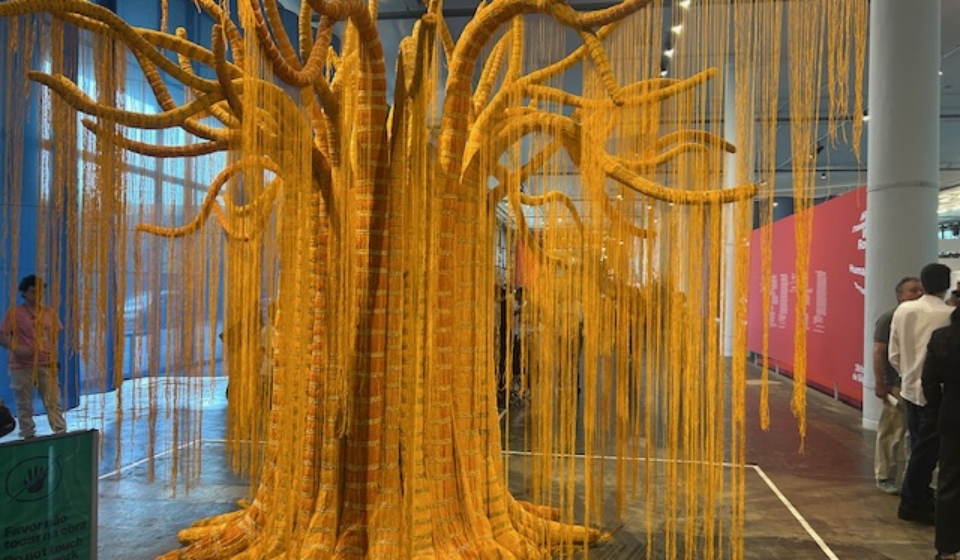

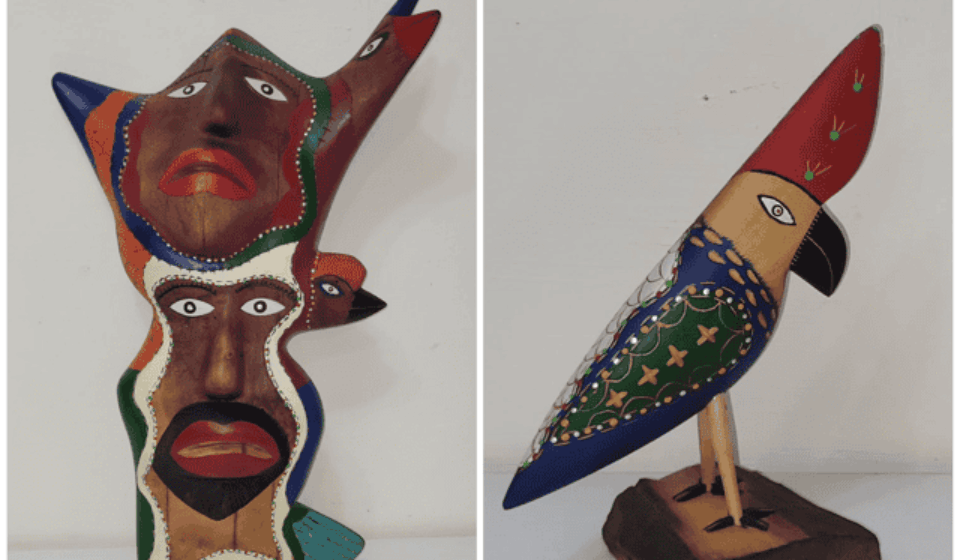
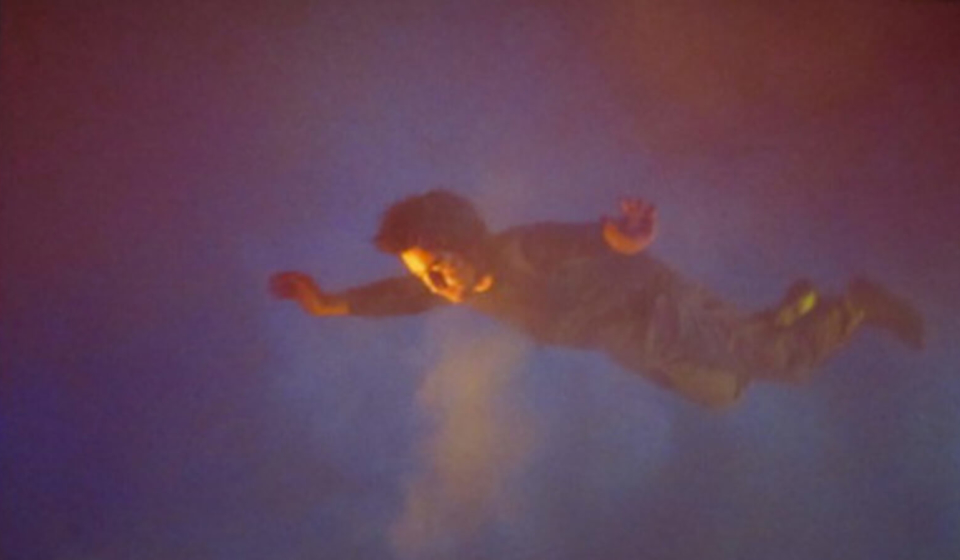

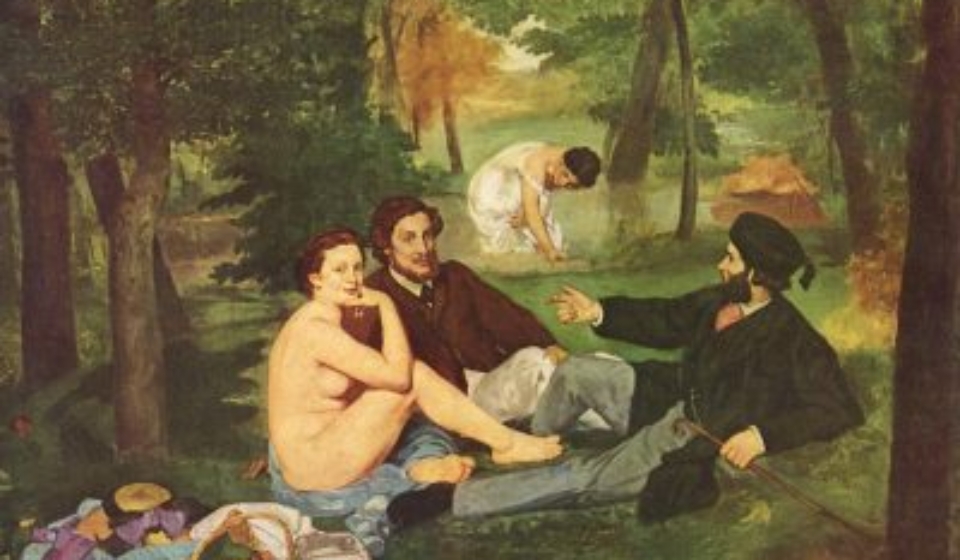
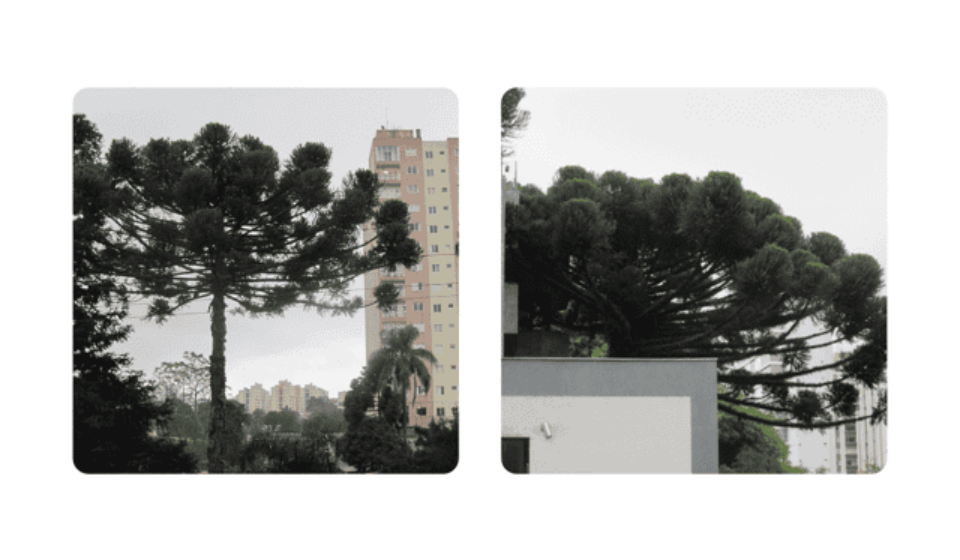
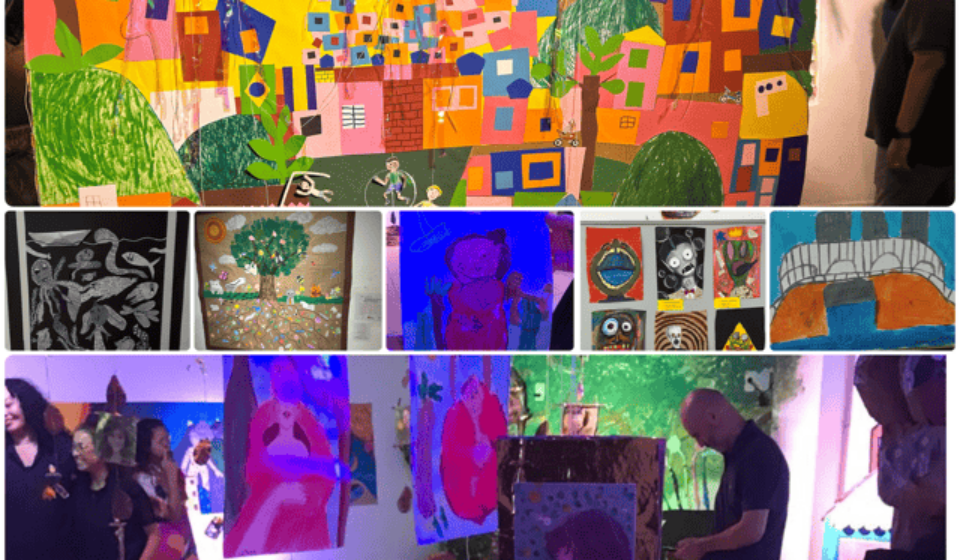
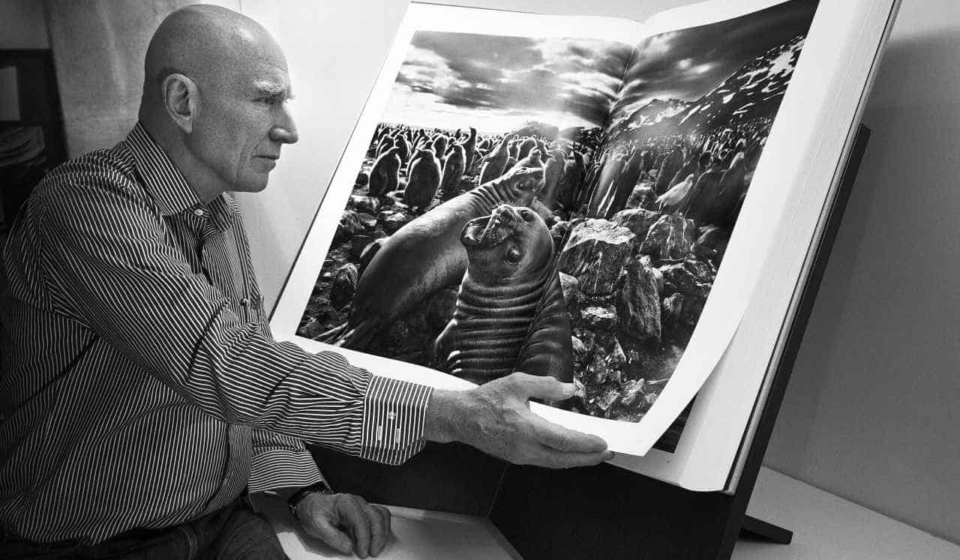
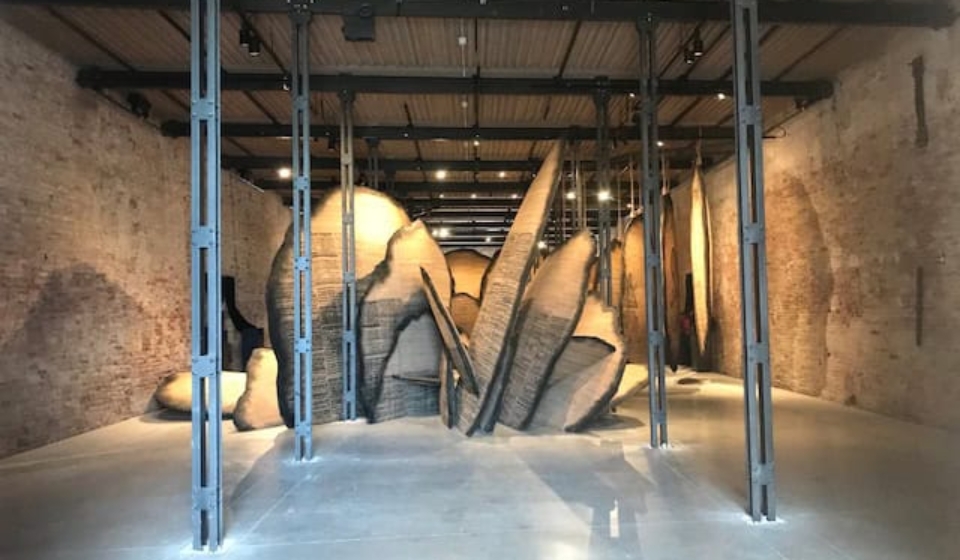
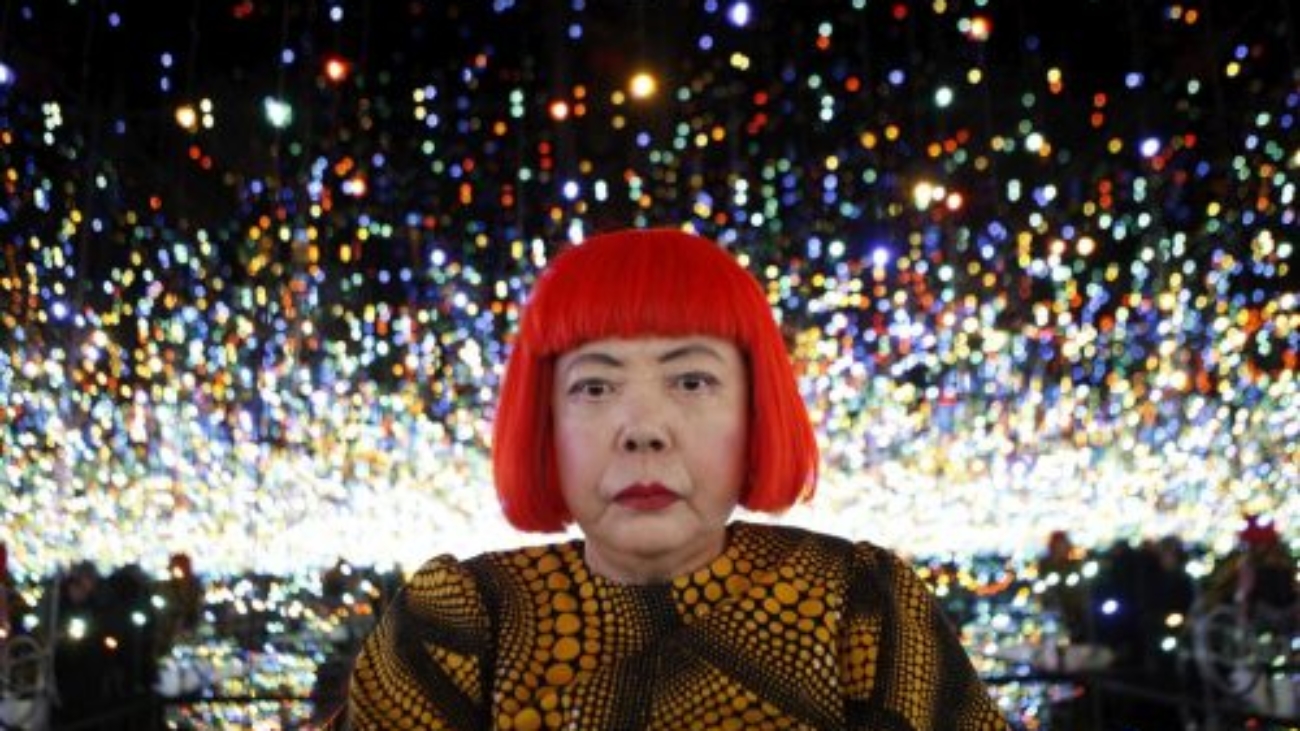
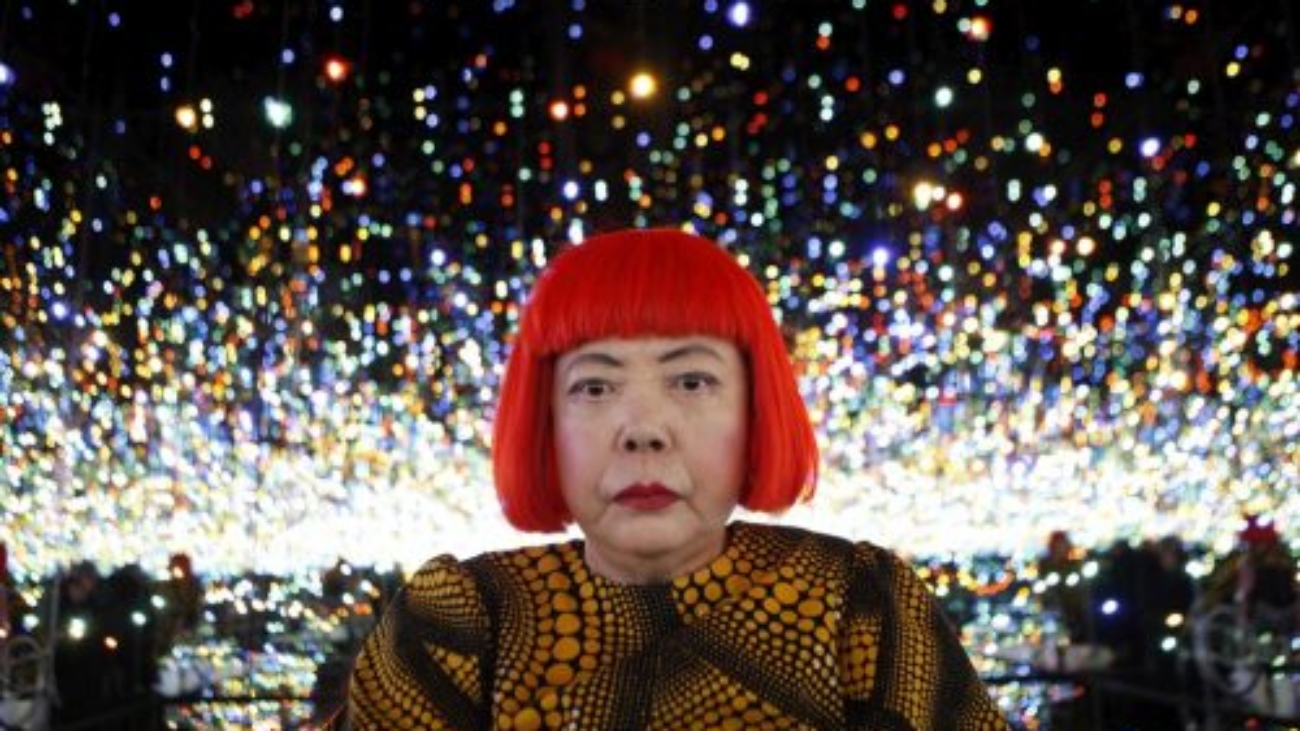




 Olhar Crítico
Olhar Crítico
